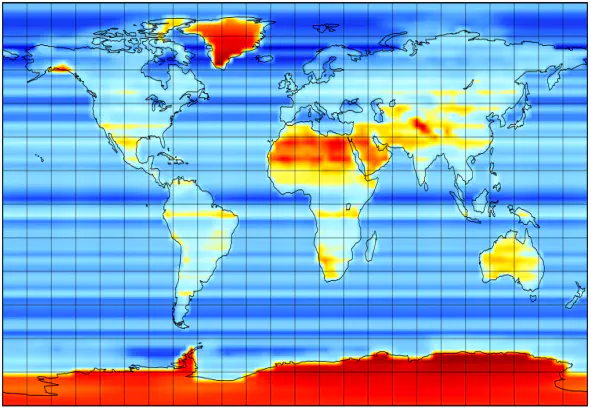
Abstract
As global greenhouse gas emissions continue to rise, the use of stratospheric aerosol injection (SAI), a form of solar geoengineering, is increasingly considered in order to artificially mitigate climate change effects. However, initial research in simulation suggests that naive SAI can have catastrophic regional consequences, which may induce serious geostrategic conflicts. Current geo-engineering research treats SAI control in low-dimensional approximation only. We suggest treating SAI as a high-dimensional control problem, with policies trained according to a context-sensitive reward function within the Deep Reinforcement Learning (DRL) paradigm. In order to facilitate training in simulation, we suggest to emulate HadCM3, a widely used General Circulation Model, using deep learning techniques. We believe this is the first application of DRL to the climate sciences.